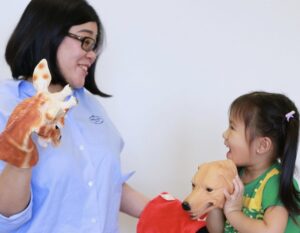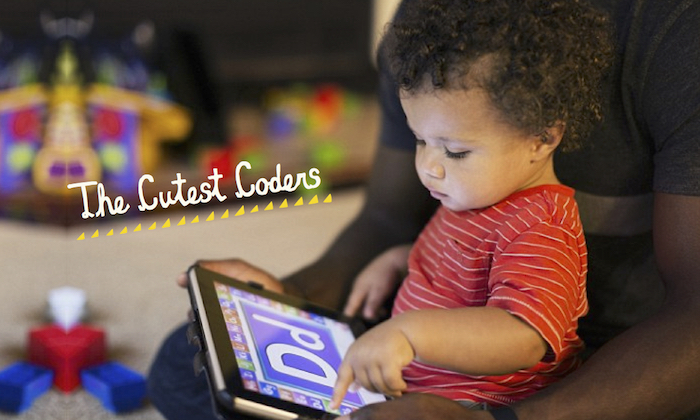

It’s time get your preschooler coding, mama! Here’s why it’s so crucial, and expert tips on how to do it with minimal screen time!
Attention Span, Problem-Solving, Listening skills, Creativity – all these are all critical skills we wish to develop in our children from a young age. How often have we heard fellow parents lamenting that they wished their 4-year-old could sit still (even without an iPad), or their 6-year-old would really listen to instructions and make less mistakes? Love them as we do, it is often the case that children, being children, behave impulsively or fail to carry out our instructions.
We know that early literacy is important; with research showing that babies from birth can understand words and their context, even if they can’t pronounce them yet, and our paediatricians tell us that reading, especially large picture books, is so important for their development. Whilst evidence has shown that reading is the cornerstone of a child’s development later in life, there is overwhelming research that suggests that early math skills are an even better predictor of academic success than early reading skills. Of course both of these – combined with a strong attention span – are important components of learning computational thinking.


When we say mathematics, we mean more than just counting. Learning to recite numbers from one to 10 doesn’t get kids very far, because often kids are just memorizing, according to Stanford math professor Jo Boaler. This does little to lay the groundwork for future problem solving and logical thought.
So how does Coding come in, especially when our tiny little 4-year-old has barely started learning to read, and why is it so important nowadays, that so many countries (such as the UK) have already introduced their nursery-goers to programming?
Coding, which is simply giving instructions to a computer to make it do what we want, uses a lot mathematics. In a well-designed curriculum, children pick up computational thinking and logical thinking skills through learning to code. Computational thinking is a way of thinking with a well-developed set of tools, which in turn allow us to solve problems and arrive at a solution that can be easily and accurately executed by a computer (or another human). It is critical that children learn this powerful strategy early in life.
With coding touted as the new literacy, children growing up in a Digital Age must learn to become active creators of technology, instead of passive consumers. This will be useful for them at school, whether planning and conceptualising instructions to their classmates for project work, writing structured answers for their English comprehension, or solving mathematical problem-sums.
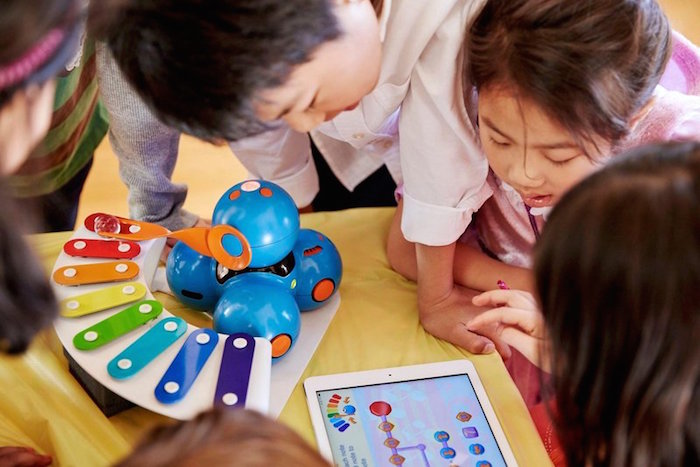

At the workplace, computational thinking is practically getting into every single traditional discipline of Science, Math, Engineering and Finance. We use computational thinking to expedite sequencing of the human genome in Biology, perform quantitative trading in Finance, for storage and retrieval of important documents such as Health records, and it is there with us each day as we communicate via Whatsapp or check our Facebook, staying connected with long-lost friends and family.
Contrary to popular belief, learning coding (especially for preschoolers), does not require much screen time (yes you read it right!) – In fact, activities for our little ones should utilise only a small amount of moderated (and content curated) screen time.
For example, our school’s coding classes emphasizes both language and digital literacy skills. With themes such as Nursery Rhymes x Coding, kids get to dramatize, command, and code out books dear to their heart such as Five Little Monkeys, Maisy’s Train, and The Very Hungry Caterpillar. Not only does tablet time take up less than a fraction of the lesson curriculum, there are even sessions in which tablet time is not a feature of the lesson at all.
Kinesthetic learning, where the children program one another to do actions such as getting their “monkey” friends to jump, (at varying speeds, heights, and number of times) help them to internalise commands and understand what they truly mean. Most importantly, the kids have a blast!
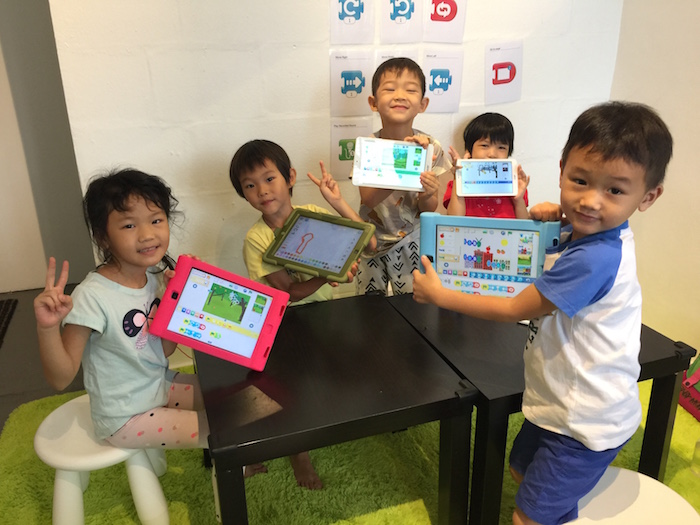

Preschoolers at this age are developing their capabilities in listening to instructions, processing the requirements and finally carrying out the instructions. Teaching and guiding them to give specific instructions will further develop their skills.
A child who says, “I want the cartoon cat to do that” may end up feeling frustrated when no one is able to understand what “that” means. Instead, they are taught to say, “I want the cartoon cat to first move 10 steps to the right, jump to a height of 5 units 2 times, and finally make a meowing sound.” In turn, this helps train their logical thinking capabilities and builds up their foundation in Mathematics before they enter primary school.
In the UK, the tech jargon spouted by preschoolers as young as 3 has left many parents baffled. Let’s affectionately encourage our preschoolers to pick up Digital Literacy at the same time as traditional, and strive to create an environment at home that accomplishes that.
Time to start today!
Coding for Tots – Fun Activities to Try at Home
- Have your tot organize the fridge with you. Ask him to sort the items into food type (Eg. Fruits and Vegetables, Dairy, Beverages etc), and then think of the order of which they should be placing these items back in the fridge for the family. Your child will have just gone through the process of decomposition (breaking things down into smaller pieces) and pattern recognition (Identifying and grouping similar objects).
- Place their favourite toy at a different spot each time (on the piano, in front of the sofa etc), get them to blindfold you (or close your eyes) as they give you directions to lead you to the toy. Directions should include spatial instructions such as “Behind the sofa”, or “Above the table” so as this to train up their spatial awareness. This also helps build up Problem-Solving (Step-by-Step logical thinking skills).

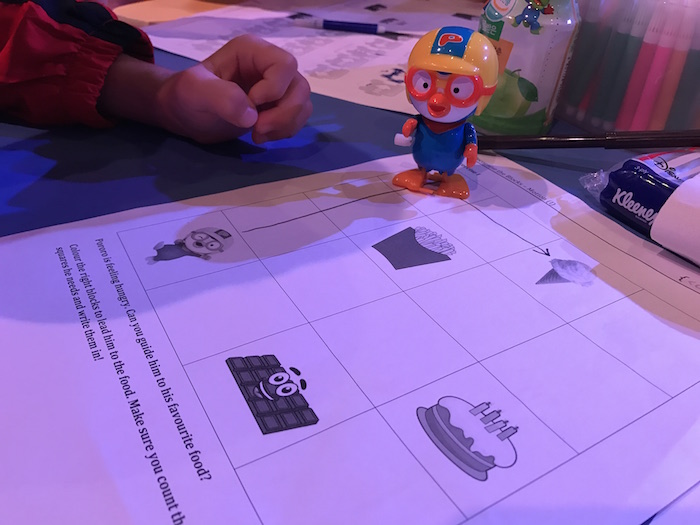
- Bring their toy pet for a walk – around the clock. Place the toy figurine on the face of a clock or print a clock on an A3 paper. Start from 12 ‘o’ clock and ask your child to send his pet to 9 o’clock. Ask him /her what the different ways are to bring that about (Either take 9 steps clockwise, or 3 steps counterclockwise). Next, Start from 1 o’clock and so on. This teaches them rotation, spatial perspective, and the importance of being specific in their directions. Before you know it, they will also have learnt to count!
- Identifying objects of code on the way to school – Whilst you drive or take public transport, introduce them to the wonders of coding with the day-to-day objects they interact with. Eg. Traffic Lights, EZ Link Card (Tap and Go), Lift buttons, Automatic Gate and so on. Before you know it, they will be building the next burglar alarm for the house!






 View All
View All



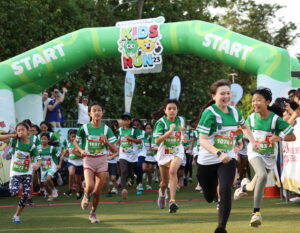

 View All
View All

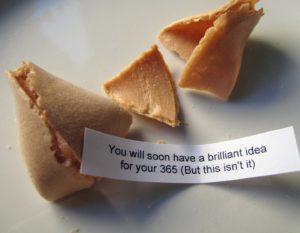


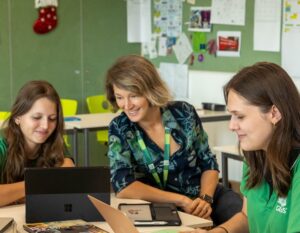
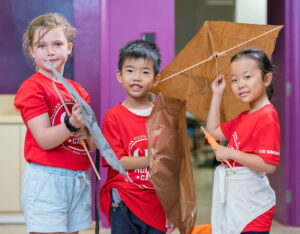



 View All
View All

